Select Language:
Traditional Chinese medicine (TCM) is an ancient medical system that takes a deep understanding of the laws and patterns of nature and applies them to the human body. TCM is not “New Age,” nor is it a patchwork of different healing modalities. TCM is a complete medical system that has been practiced for more than five thousand years.
At the heart of TCM is the tenet that the root cause of illnesses, not their symptoms, must be treated. In modern-day terms, TCM is holistic in its approach; it views every aspect of a person�body, mind, spirit, and emotions�as part of one complete circle rather than loosely connected pieces to be treated individually.
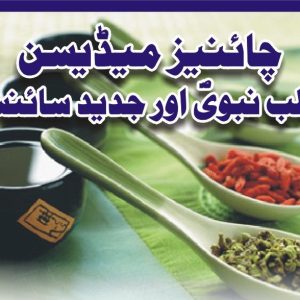
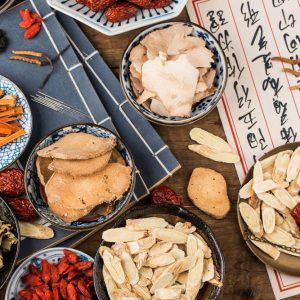

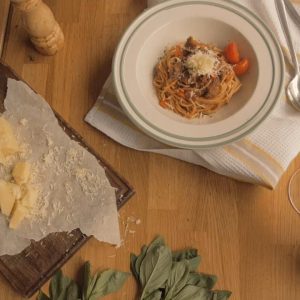
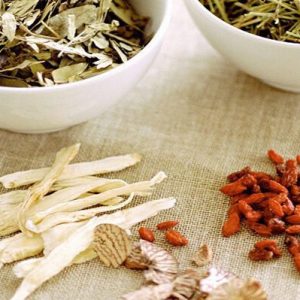
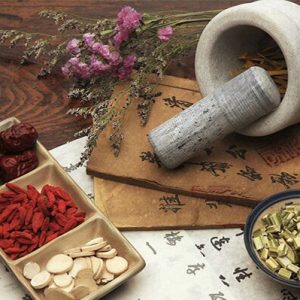
Often Western CAM practitioners and their patients or clients derive their understanding of TCM from acupuncture. However, acupuncture is only one of the major treatment modalities of this comprehensive medical system based on the understanding of Qi or vital energy.
These major treatment modalities are:
an energy practice, generally encompassing simple movements and postures. Some Qigong systems also emphasize breathing techniques.
the prescription of certain foods for healing based on their energy essences or energy signatures, not nutritional value.
the use of herbal combinations or formulas to strengthen and support organ system function Acupuncture: the insertion of needles in acupoints to help Qi flow smoothly.
the understanding of emotions and their relationship to the internal organ systems and their influence on health.
